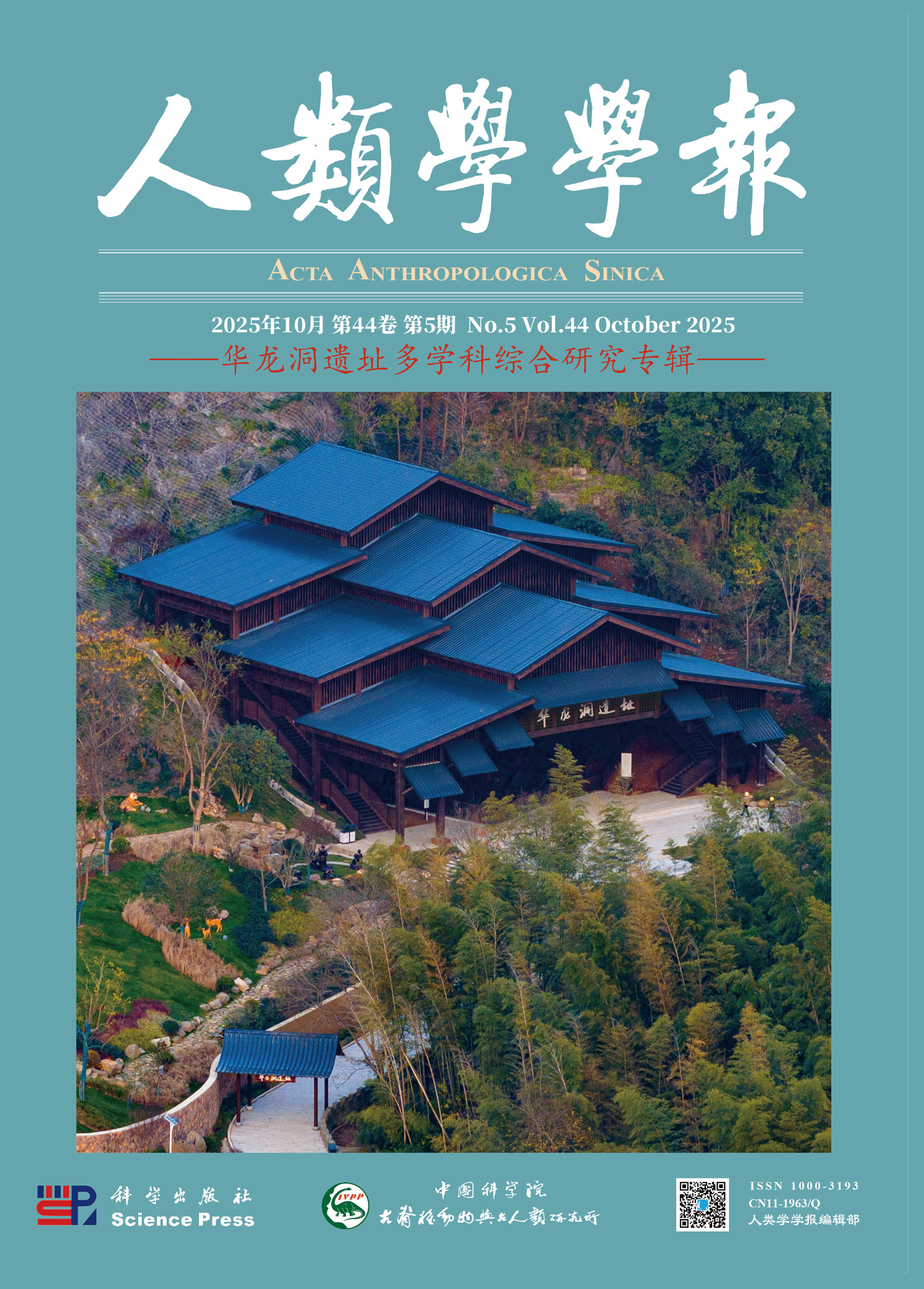Recovery of gigantopithecus blacki fossils from the Mohui cave in the Bubing Basin, Guangxi, South China
WANG Wei
, TIAN Feng, MO Jinyou
2007, 26(04):
329-343.
 Asbtract
(
592 )
Asbtract
(
592 )
 PDF (746KB)
(
435
)
Related Articles |
Metrics
PDF (746KB)
(
435
)
Related Articles |
Metrics
Based on morphological diagnosis, sixteen teeth from Mohui cave should definitely be assigned to Gigantopithecus, including one lower lateral incisor, two upper and one lower canine, one left lower third premolar, three left upper premolars, one right first or second upper molar, one left third upper molar, four left first or second lower molars, one right first or second lower molar and one left third lower molar. Sizes of these teeth are markedly larger than Miocene or Pliocene G.bilaspurensis from India, and smaller than mid-Pleistocene G. blacki from South China, however these teeth show anatomical similarities to early Pleistocene G. blacki from Liucheng in Guangxi and Longgupo in Chongqing. As a result of these comparisons, these teeth are assigned to early G. blacki of south China. Although Gigantopithecus had never been suspected of being an ancestor of Pithecanthropus of Beijing and Java, now it is widely thought to be distinct from human evolution and is believed to have become extinct in mid-Pleistocene. It is the largest primate to have ever coexisted with humans in Asia, however, evidence from this fossil is rare. These new finds from Mohui cave will be very helpful in comprehending the evolutionary relationship between Gigantopithecus and human.
Large mammalian fossils recovered in Mohui cave total about 25 species, including: Hominoidea gen. et sp. indet., Gigantopithecus blacki, Hylobates sp. Macaca sp., Trachypithecus sp. Hystrix magna, H. kiangsenensis, Sinomastodon sp., Stegodon cf. preorientalis, Cuon dubius, Arctonyx collaris, Ursus aff. thibetanus, Ailuropoda microta, Panthera sp., Felis teilhardi, Martes sp. Paguma sp., Rhinoceros unicornis, Tapirus sanyuanensis, Hespertherium sp., Sus xiaozhu, Sus peii, Dorcabune liuchengense, Muntiacus sp., Cervus cf. fengqii, Cervus (Rusa) yunnanensis, Bovinae and Megalovis guangxiensis. Among the fauna, Hystrix magna, Stegodon cf.preorientalis, Ailuropoda microta, Tapirus sanyuanensis, Hespertherium sp., Sus xiaozhu, Sus peii, Dorcabune liuchengense, Cervus cf. fengqii, Cervus (Rusa ) yunnanensis, are typical members of early Pleistocene Liucheng fauna. These taxa are also found in the Longgupo faunal assemblage. So, the faunal age of Mohui cave should be close to these two sites, probably early Pleistocene biostratigraphically. Analysis of 47 paleomagnetic samples collected from about 6 m of sediment in Mohui cave was of normal polarity. Considering the faunal age, this result suggests that the geomagnetic polarity column of the cave should date to the Matuyama, of which approximately 7 metres of sediment is correlated with the Olduvai Event.









